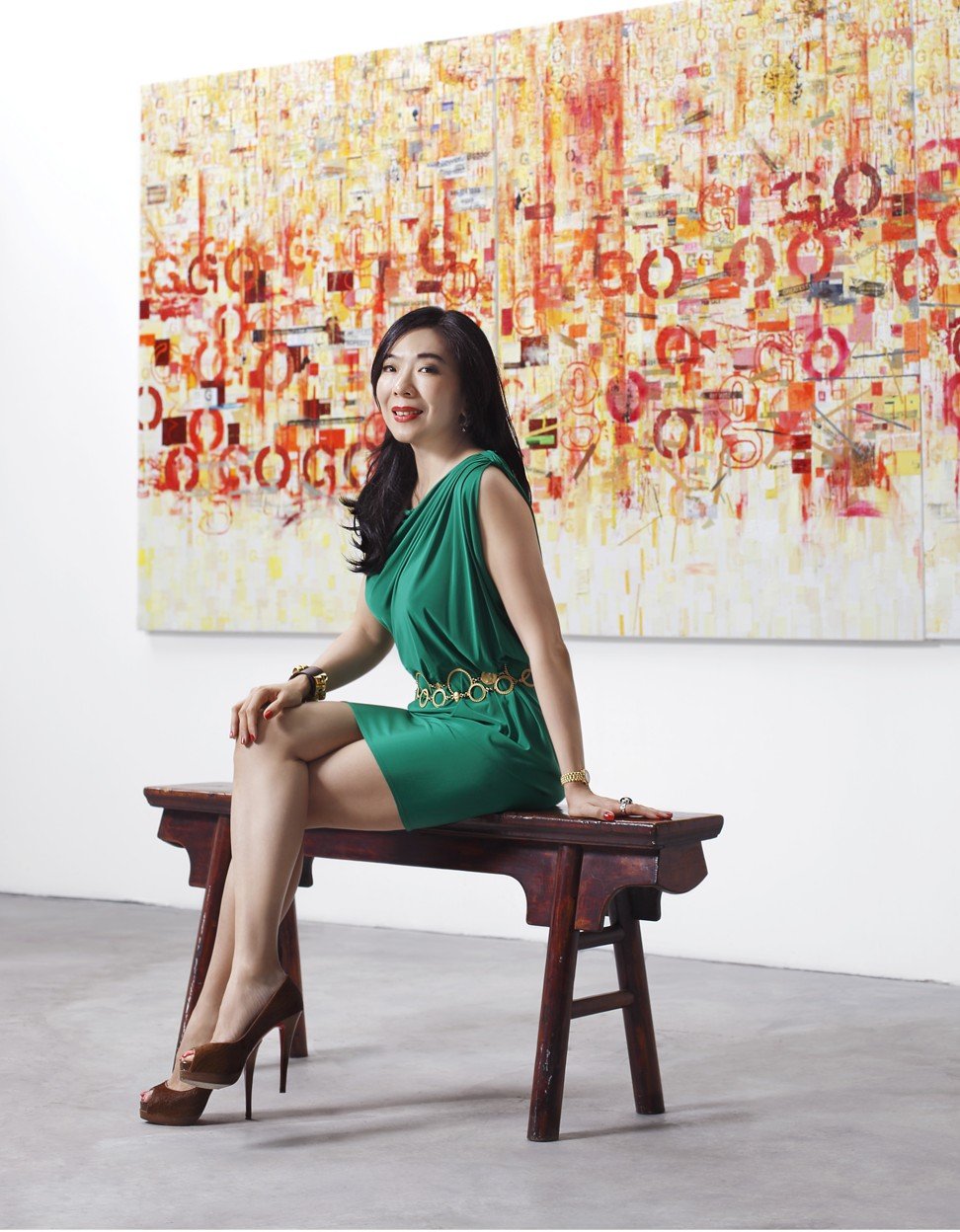
How Malaysia got its first pavilion at Venice Biennale thanks to gallerist’s ‘fit of madness’
- Wei-ling Lim felt the urge to do something for her country, and wrote to new prime minister Mahathir Mohamad to propose a national presence at Venice art show
- Mahathir said government would back her if she could raise funds for the pavilion, which will showcase the works of four Malaysian artists
Malaysia will have a national pavilion at the Venice Biennale, the world’s most important contemporary art exhibition, for the first time, thanks to the efforts of a Kuala Lumpur art gallery owner.
Amid the euphoria over last year’s change of government, the first since independence in 1957, Wei-ling Lim, in what she cheerfully admits was “a fit of madness”, wrote to the prime minister to seek his blessing if she tried for a pavilion at the event.
“I wanted to do something for my country and the only thing I know is art,” said Lim, whose Wei Ling Gallery has operated in the Malaysian capital for the past 17 years.
“It is ridiculous that Malaysia has never had [a pavilion in Venice] and Singapore, the Philippines, Indonesia and Thailand are all there,” she added during a visit to the 2019 edition of Art Basel Hong Kong last month.

A letter from the prime minister, 93-year-old Mahathir Mohamad, arrived in December saying the government was willing to back her, but that financially she was on her own. “The government is short of money. He said, if you can raise the funds, we will back you. And that was that,” said Lim.
The past four months have been a crash course in how to organise a national pavilion at the biennale. A Turkish artist Lim knows, who has been in the Turkish pavilion in Venice before, introduced her to a local fixer who found her a space in Palazzo Malipiero. It is next to the Palazzo Grassi, where a high-profile exhibition of works by the Belgian artist Luc Tuymans is likely to help drive foot traffic.

All national pavilions have to be state-level presentations, and so the Malaysian pavilion is officially organised by the Ministry of Tourism, Arts and Culture and commissioned by Mohamed Najib Dawa, the director general of the National Art Gallery of Malaysia. Lim was appointed as its curator, and she has picked two artists her gallery currently represents and two others whose work she has sold in the past, prompting some rivals to say privately that her selection seemed biased. They are also all male.
Lim said there was going to be a female artist but she pulled out because there wasn’t enough money to install a multiple-channel video work that the artist wanted to take to Venice. As for the choice of the other artists, she said there wasn’t time to set up a selection committee and that, with so much at stake, she only felt comfortable working with artists she knew she could count on.
The exhibition, to be called “Holding Up A Mirror”, will open on May 9, the anniversary of the country’s transformational 2018 general election. It is a group exhibition of the works of four very different Malaysian artists born between the 1950s and the 1970s: Anurendra Jegadeva, H.H. Lim, Ivan Lam Wai-hoe, and Zulkifli Yusoff.


Jegadeva, a fifth-generation Malaysian Hindu with Sri Lankan Tamil roots who spends part of his time in Australia, embodies the multiculturalism of Malaysia; his intricate figurative paintings are rich in autobiographical, social and political symbols. Lim (no relation), is a conceptual artist who makes colossal installations using elements of everyday life. He has lived in Rome since 1976.
Lam, who like Lim is ethnic Chinese and is two decades younger, looks at current affairs, popular culture and everyday issues though a mix of mediums. Yusoff, a Malay Muslim, is one of the country’s most established artists and his large works using cultural and religious iconography make him one of Malaysia’s most representative artists, according to Lim.
“It has been hard, but I really think that it’s time Malaysia just did it,” Lim said of the endeavour.

The 58th International Art Exhibition of La Biennale di Venezia is open to the public from May 11 to Nov 24. The Pavilion of Malaysia is at 2/F Palazzo Malipiero, Campo San Samuele, and will be open Tue-Sun, 10am-6pm.

